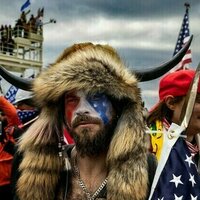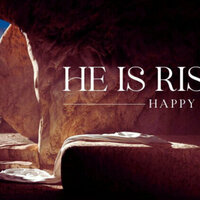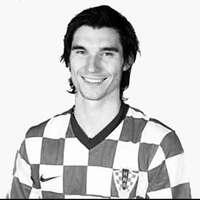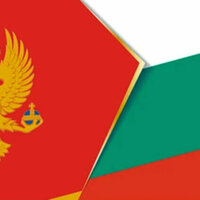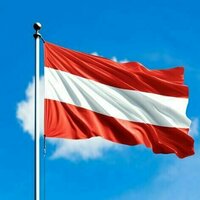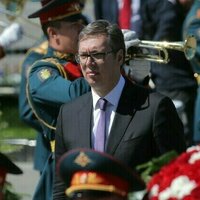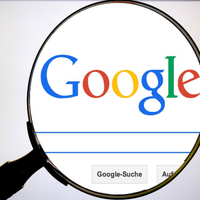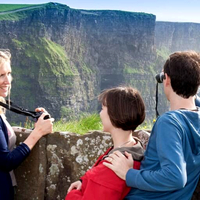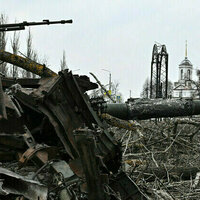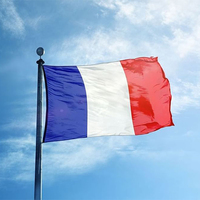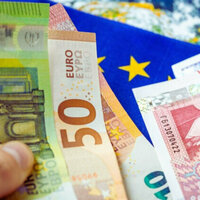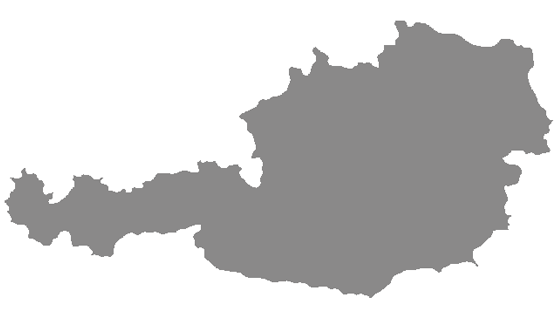Easter, regarded as the most significant Christian holiday, is celebrated annually in Bulgarian homes with great joy. While Christmas marks the birth of Christ, Easter is the moment when he proves his divine nature by rising from the dead on the third day after his crucifixion and burial.
The Resurrection of Christ embodies the core of Christian belief?the resurrection of the righteous into a better world. This holiday commemorates Jesus Christ's return to life on the third day after his death, with the discovery of the empty tomb by the myrrh-bearing women and Christ's subsequent appearance to Mary Magdalene and the apostles.
Interestingly, Easter coincides with the Jewish holiday of Passover, which is also based on the lunar calendar. Both holidays change dates each year, but they cannot fall on the same day. This distinction was established at the First Ecumenical Council in 325. Easter is celebrated on the Sunday following the first full moon after the spring equinox, and the differences in dates between Catholic and Orthodox Easter stem from the use of the Gregorian and Julian calendars, respectively.
Around the world, Easter traditions vary, with some common elements, such as painted eggs, kozunak (sweet bread), and lamb, featured prominently on festive tables. Traditionally, eggs are dyed on Holy Thursday or Holy Saturday, with red eggs being especially symbolic. In ancient times, eggs were often seen as symbols of the universe, and during Lent, their consumption was prohibited. As hens typically lay the most eggs in the spring, people began boiling them to preserve them. In Christianity, the egg symbolizes rebirth, and its association with Easter reflects the idea of human birth and resurrection. In Orthodox Christian culture, red eggs are used to exchange greetings, while in Catholic traditions, they are often hidden for children to find.
The number of eggs prepared usually corresponds to the number of family members, with some rural families determining the count based on their hens' production. Traditionally, eggs were dyed early in the morning on Holy Thursday by the oldest woman in the family. These painted eggs, known as "parashki," were not meant to be eaten but given as gifts. The first egg laid by the hen held particular significance, and it was placed in a sieve lined with new cloth to be exposed to sunlight. It was believed that this egg possessed protective and healing powers.
Red eggs were also symbolic of prosperity. A red egg would be given to a guest to ensure wealth would never leave the household. The first egg of the season was placed under the iconostasis or buried in the field to protect against hailstorms. Eggs were typically eaten until Spasovden (Ascension Day) or for 40 days, and during this time, the housewife had to ensure they were properly prepared.
The tradition of kozunak, a sweet bread, was introduced in Bulgaria during the 17th century by a French baker but became widely popular only in the 1920s. This new type of bread replaced traditional varieties like kolak, parmak, and kravai, reflecting external influences and urban culture. Kozunak became a fixture in cafes in Sofia, often served alongside Viennese coffee. The word "kozunak" was first mentioned in 1889 in Alexander Duvernoy's dictionary, where it was used as a synonym for the festive bread "kravai."
Lamb, another key element of the Easter feast, is symbolic of Christ's sacrifice as the "Lamb of God." In Christian tradition, Jesus, like the innocent lamb, was crucified to cleanse the sins of the world. The consumption of lamb is allowed on the first day after the 40 days of fasting, marking a return to feasting and celebration.
The Easter Bunny, first mentioned in 1678 in a German fairy tale, has also become a widespread symbol of the holiday. The bunny's association with Easter is believed to stem from ancient symbolism, as wild rabbits were linked to the Moon, which plays a significant role in marking the Resurrection. Unlike domestic rabbits, wild rabbits are born with their eyes open, symbolizing their connection to nocturnal life and the spring full moon.
Although modern times have brought changes, many of the traditional elements of Easter remain, such as the dyeing of eggs, the presence of kozunak and lamb on the holiday table, church attendance, new clothes, and the avoidance of work during the Easter holidays. In the past, no agricultural work or livestock chores were performed during Holy Week, particularly on Good Friday, when the fast was observed strictly. It was believed that working on these days would bring thunderstorms or hail.
In the early 20th century, Sofia's preparations for Easter were described as lively and full of anticipation. An article from the 1912 newspaper Rech captured the hustle and bustle of the capital as people hurried to complete their Easter shopping, with streets like "Lege" and "Targovska" particularly busy. Vendors selling kozunak and eggs added to the festive atmosphere, reminding everyone of the essential goods for the holiday.
It's important to remember that Easter is not just a single day but a week-long celebration known as Bright Week, and for 40 days following Easter, Orthodox Christians continue to greet one another with "Christ is Risen" and "Truly Risen!"








